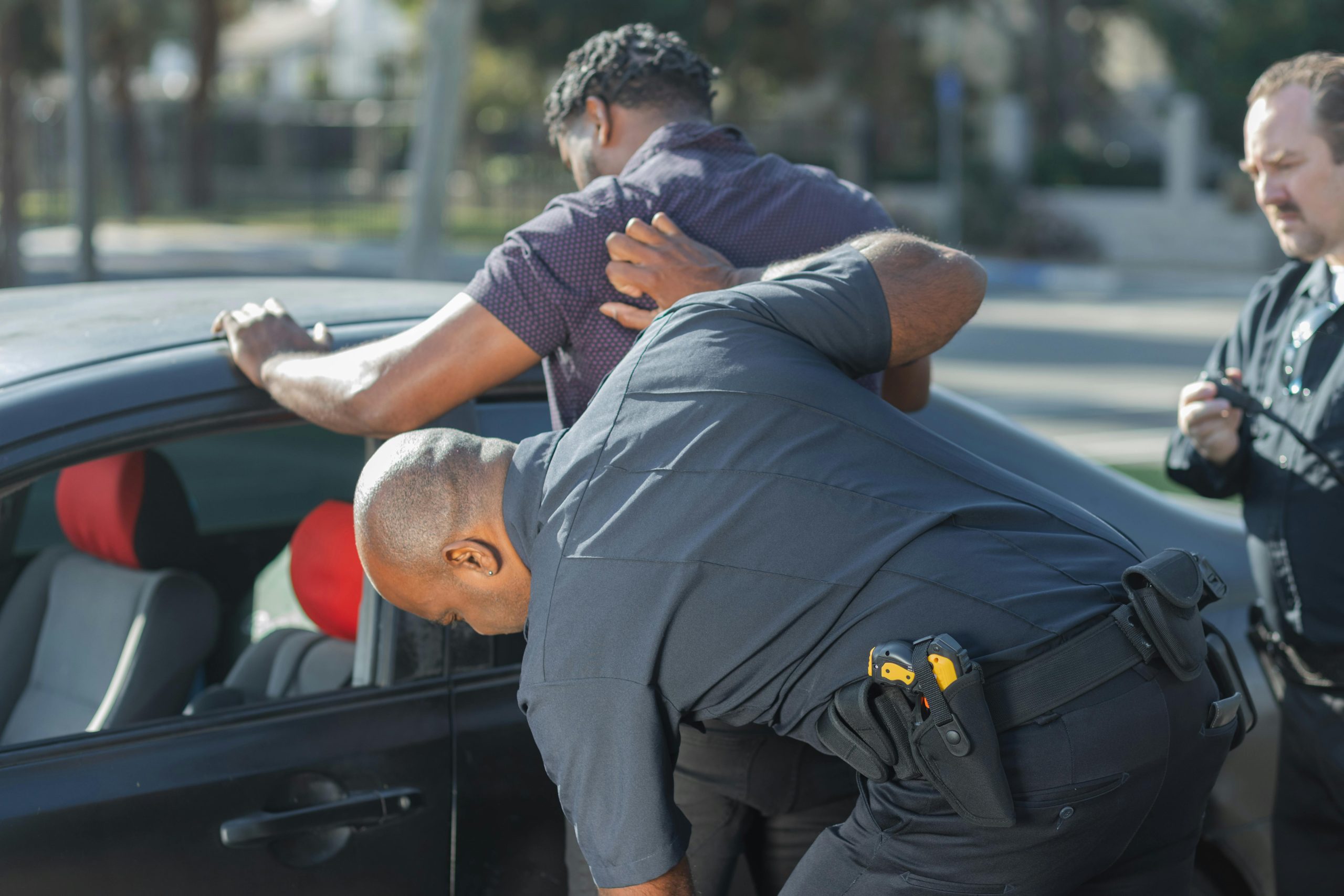Legal Considerations for Intervening Against Known Threats: The Case of a Suspected Phone Thief
In urban environments, personal safety and the deterrence of criminal activity are pressing concerns for many residents. Situations often arise where individuals witness unlawful behavior, such as theft, and contemplate intervening in some manner. A common scenario involves observing a known suspect engaging in criminal activities, like stealing phones from pedestrians, and considering how to respond—particularly in cases where the influencer is identifiable and has a history of such conduct.
A Real-World Observation
Consider a situation where an individual frequently witnesses a person dressed in a balaclava and dark clothing, riding a bicycle and snatching phones from pedestrians. The observer notices this pattern during their daily activities across the city, recognizing the suspect by his distinctive attire and demeanor. Feelings of frustration and concern about personal and public safety often lead to the question: What are the legal boundaries of intervening in such a scenario?
Assessing the Act of Intervening Physically
One contemplated action is physically removing the suspect from his bike—say, by kicking him off—then quickly leaving the scene. While this might seem like a justifiable act of defense or protection, it raises important legal questions.
Legal Ramifications to Consider
- Self-Defense and Defense of Others
In many jurisdictions, using force to defend oneself or others is permissible, but only under certain conditions. The force employed must be proportionate to the threat and used solely to prevent immediate harm or unlawful acts. A sudden, aggressive kick intended to dislodge a suspect from his bike could be interpreted as an excessive or disproportionate response, especially if there’s no immediate threat of harm.
- Assault and Battery Laws
Intentionally physically striking another person without lawful justification can constitute assault or battery. Even if the individual has committed a crime, a private citizen’s response must be carefully calibrated. Unprovoked or excessive physical force could expose the modifier to criminal charges, civil liability, or both.
- Tampering with a Suspect
Physically interfering with a suspected criminal’s activity, such as pushing someone off a bike, could potentially be considered interference with lawful pursuits or even could be construed as assault, unless justified under specific legal parameters.
- Legal Risks of Fleeing the Scene
If the individual executes the physical intervention and then departs rapidly, there could be questions about evidence tampering or obstructing justice,


Understanding the Nuances of Intervention in Suspected Theft Cases
As a London resident, I think it’s crucial to recognize the delicate balance between personal safety and legal boundaries when witnessing crimes like phone thefts. The scenario described highlights well the potential legal pitfalls of intervening physically, especially when actions might be perceived as excessive or unprovoked.
From my perspective, there are a few key points to consider:
Ultimately, interventions should always be measured against the legal framework and personal safety considerations. Encouraging community vigilance and cooperation with law enforcement remains the most effective approach to tackling urban crimes like phone thefts in London.
Legal Considerations for Residents When Intervening in Criminal Activities
This post highlights critical points that residents in London should be mindful of when contemplating intervening in criminal acts like theft. While it’s natural to feel frustrated or protective, understanding the legal boundaries is essential to avoid unintended consequences.
In the UK, the principles of self-defense and defense of property are quite specific. Force used must be proportionate and necessary, which often makes physical intervention a risky proposition. For example, physically removing a suspect, such as kicking them off their bike, could easily be interpreted as excessive, especially if there’s no immediate danger.
It’s also important to remember that:
Ultimately, while it’s understandable to want to act against known threats, residents should prioritize their safety and rely on authorities. Engaging with professional law enforcement not only keeps you within legal boundaries but